
What Is CBG Oil?
If you’re looking for a comprehensive, natural solution to tackle inflammation and its debilitating effects, you’re in the right place. Welcome to the new era
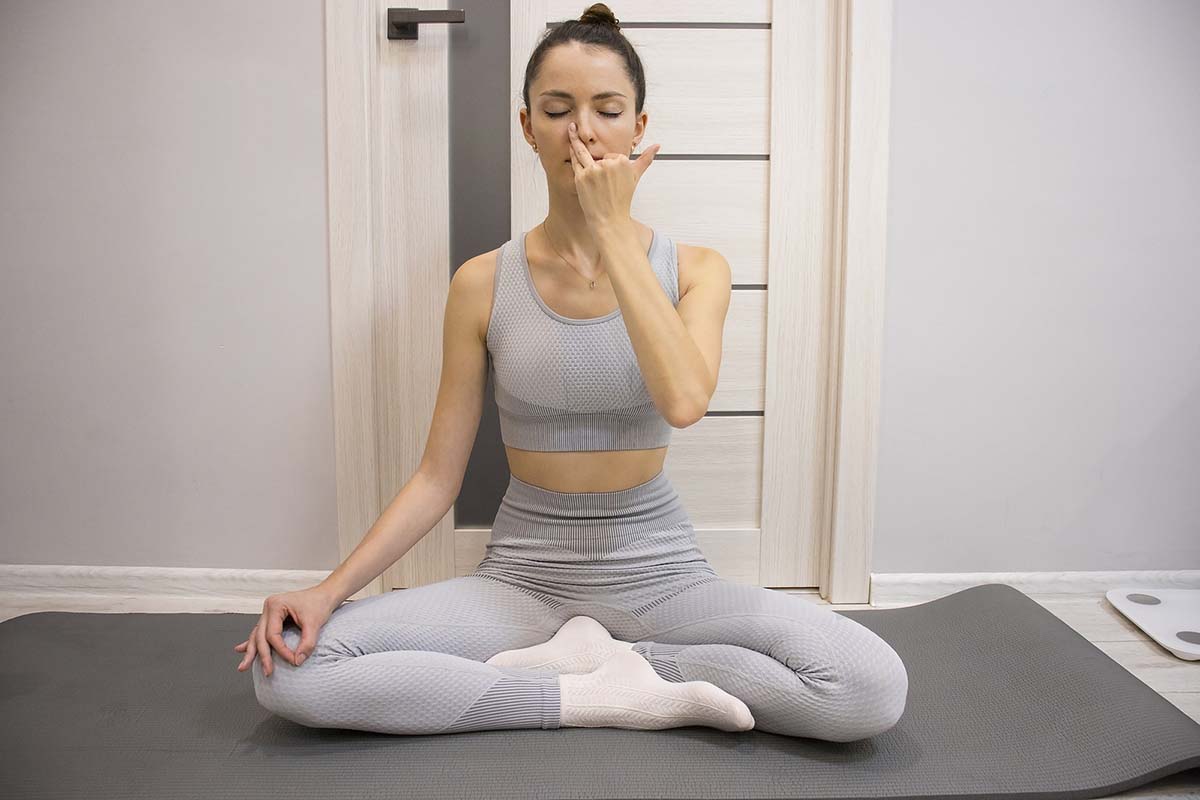
These days, we often hear that it’s not enough to minimize our unhealthy habits, like drinking less coffee or quitting smoking, to protect our health.
We can greatly help our bodies function properly by choosing balanced and healthy foods instead of unhealthy ones. Sometimes, during tiring periods, we can support our bodies with quality dietary supplements.
Of course, regular exercise and getting enough quality sleep are also very important. But did you know that learning proper breathing can open up new dimensions for us and help us leave behind many physical problems caused by a hectic, stressful lifestyle?
The Buteyko Method, named after Ukrainian physician Dr. Konstantin Buteyko, consists of breathing exercises and guidelines specifically designed to reduce over-breathing (clinically known as “chronic hyperventilation”). The simple fact is that many people breathe too much, which alters the natural levels of gases in the blood, reduces oxygen supply to tissues and organs, and causes contraction of the smooth muscles surrounding blood vessels and airways. This can lead to various health problems.
However, normalizing breathing volume and transitioning from mouth to nose breathing can help improve our quality of life.
In the 1950s, Buteyko developed the Buteyko Breathing Technique (BBT). This therapeutic breathing method uses breath-holding exercises to regulate the speed and quantity of breathing, promoting slower, calmer, and more efficient breathing.
The benefits of Buteyko breathing include increased breath control, which helps prevent breathlessness and promotes the development of proper breathing patterns. It is used to manage and alleviate various conditions, including asthma, anxiety, and sleep problems.
“During a storm, while observing his chest, he noticed that his breathing was extremely irregular. He wondered if this irregular, or what we now call dysfunctional, breathing was just a symptom or the cause or trigger of his illness. By intentionally slowing down his breathing, he achieved significant improvement in his blood pressure. Soon, through breathing and breathing exercises, he achieved convincing breakthroughs in the case of patients with asthma, anxiety, panic attacks, allergies, and high blood pressure.”
Buteyko pondered whether the existing illness had changed the breathing patterns or if the changes in breathing patterns contributed to the illness. He studied the role of carbon dioxide in the human body according to the prevailing theory.
People are often told to take deep, full breaths in the belief that it increases oxygen supply to the tissues. However, from a scientific perspective, this is not how it works. When we take big breaths and increase the amount of air beyond what is necessary, our body gets rid of too much carbon dioxide. Thanks to the Bohr effect (first described by Danish biochemist Christian Bohr in 1904), this prompts red blood cells to hold onto oxygen instead of releasing it.
The Bohr effect states that the amount of carbon dioxide in the blood influences the release of oxygen from the blood to the cells. Based on this, Dr. Buteyko started teaching his patients to breathe through their noses and intentionally slow down their breathing to induce a sense of air hunger. Many patients experienced improvements in their health conditions.
The Buteyko Breathing Technique teaches us to breathe softly and slowly. It encourages slower and deeper breathing, which balances the respiratory rhythm. The Buteyko method is a lifestyle choice. It involves retraining the breathing pattern to improve circulation, oxygen delivery, and the functioning of the airways.
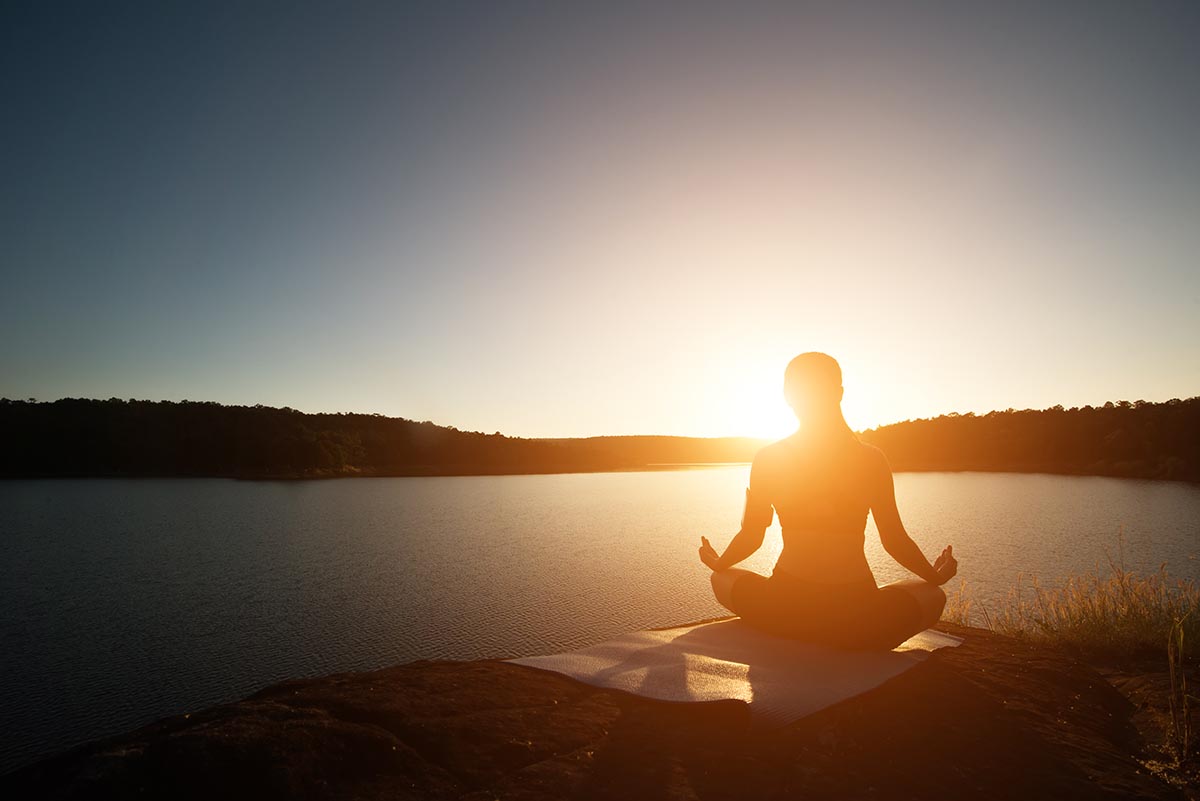
Breathing techniques taught by some yoga and Pilates instructors, as well as stress counselors, encourage the student to take in more air into their lungs. The instruction is to “take a deep breath,” demonstrated by inhaling a large volume of air into the body.
If someone takes ten of these big breaths, they may experience dizziness. The reason for this is not an increase in oxygen supply to the brain. In fact, it is quite the opposite.
When we breathe in more air than we need, the blood vessels constrict, and we deliver less oxygen. Ironically, softening and slowing down the breath are necessary to dilate the blood vessels, so that less air reaches the lungs for a while. In short, this is completely contrary to the general instruction of taking deep breaths.
With Buteyko breathing, the goal is to restore nasal breathing and normal functional breathing patterns. The practice of Buteyko breathing exercises aims to bring in less air into the body, thus creating a sense of air hunger. The sensation of air hunger indicates an increased level of carbon dioxide in the blood. With an increase in carbon dioxide, circulation improves in the blood, and red blood cells release oxygen more easily to the tissues and organs.
This type of breathing has several benefits, including normalizing and harmonizing the breathing rhythm, transitioning to nasal breathing, and minimizing hyperventilation. This method can be a good option for those who often hyperventilate, which is common in individuals with asthma and anxiety. It also contributes to achieving a normal carbon dioxide level, which reduces anxiety.
A 2019 study found that the Buteyko breathing technique is effective in treating individuals with Eustachian tube dysfunction (ETD), which causes symptoms due to pressure problems in the middle ear.
While the Buteyko breathing practice is a potential, safe, and effective way to improve health and well-being, it may be riskier for certain individuals with specific health conditions.
Therefore, it is always important to perform these exercises under the supervision of a healthcare professional.
These statements have not been evaluated by the Food and Drug Administration. These products/services are not intended to diagnose, treat, cure, or prevent any disease.

If you’re looking for a comprehensive, natural solution to tackle inflammation and its debilitating effects, you’re in the right place. Welcome to the new era
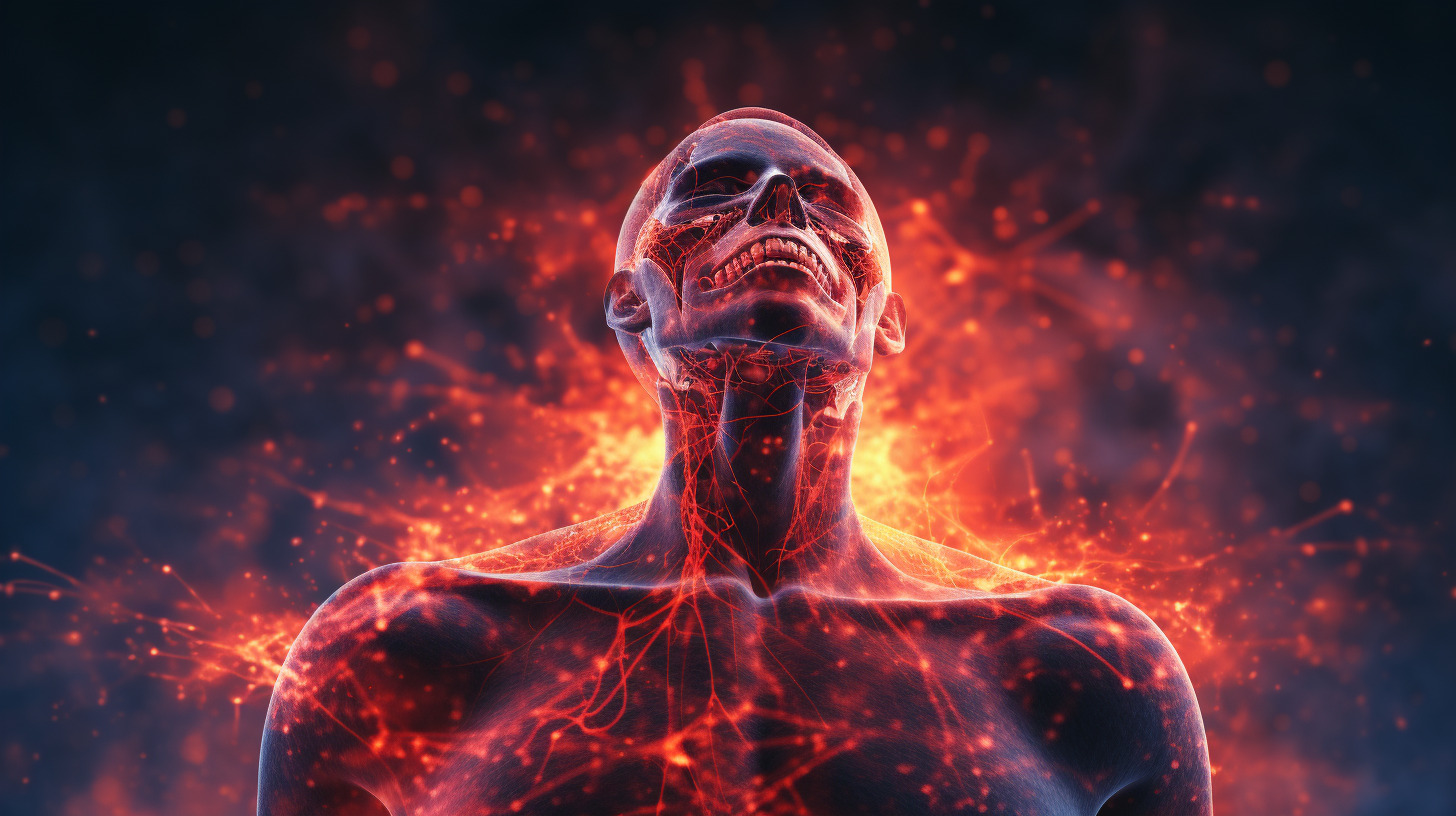
The Invisible Enemy Within You wake up feeling groggy, your joints ache, and that old neck pain seems to have returned. No, it’s not just

CBG oil has been creating waves in the health and wellness industry, and for good reasons. But with any health trend, it’s crucial to separate
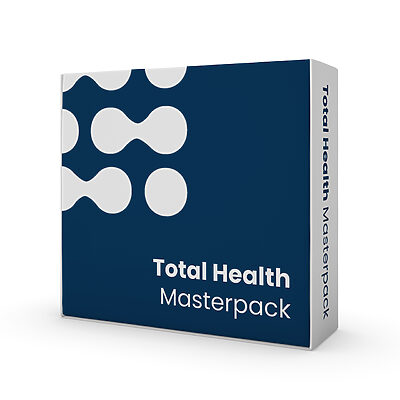
In stock | Free shipping

In stock | Free shipping

In stock | Free shipping

In stock | Free shipping

In stock | Free shipping

In stock | Free shipping

In stock | Free shipping

In stock | Free shipping

In stock | Free shipping
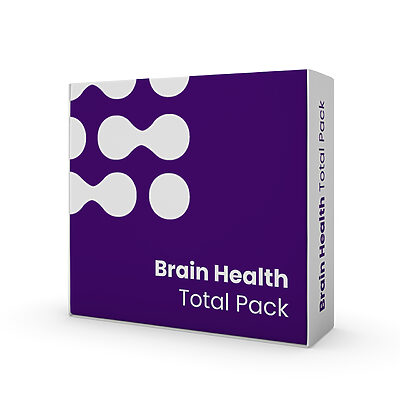
In stock | Free shipping

In stock | Free shipping

In stock | Free shipping
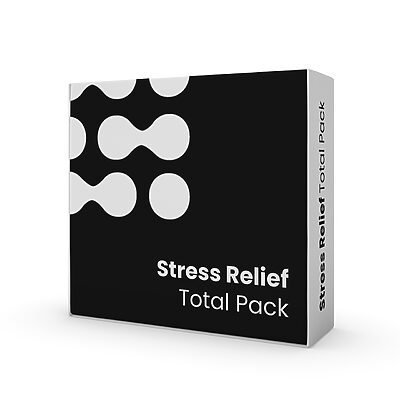
In stock | Free shipping
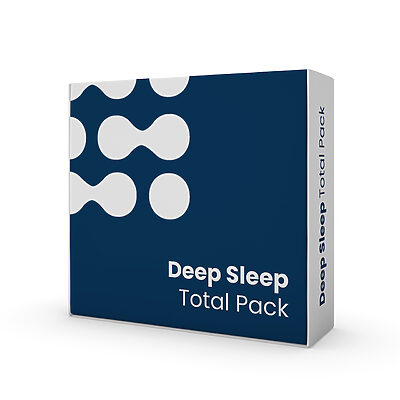
In stock | Free shipping

In stock | Free shipping